Researchers from Zhejiang University have unveiled a strategy to help you win at “Rock-Paper-Scissors” with the highest probability.
Many people believe that “Rock-Paper-Scissors” is a simple game heavily reliant on luck. However, reality shows that this game also requires strategy, keen observation, and a bit of intelligence to consistently emerge victorious.
Scientists from Zhejiang University in China recently published the results of a large-scale study on the game and shared insights to help you increase your chances of winning.
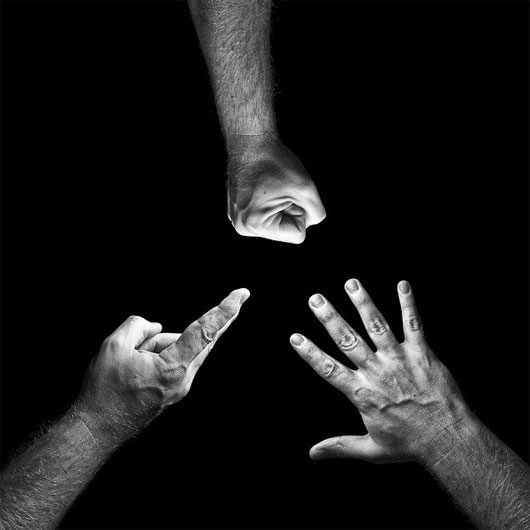
Most players will alternate between Rock, Paper, and Scissors in about one-third of the time, making it difficult to accurately predict what your opponent intends to play in order to “strike” for victory.
However, the experts from Zhejiang University revealed that you should pay attention to the first round.
The reason is that if one player wins the first round, they will often continue with a similar strategy in the next round. If that player loses, they will definitely shift their strategy in a clockwise direction—changing Rock to Paper, Paper to Scissors, and Scissors to Rock.
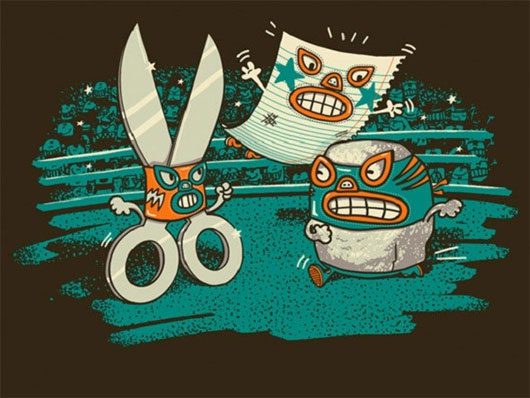
To understand this better, let’s participate in a game between two players, A and B:
Round 1:
Round 1: If A plays Paper and B plays Rock, then A wins.
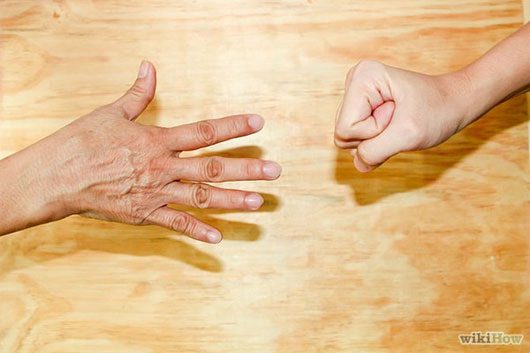
A (left) plays Paper – B (right) plays Rock, so A wins.
Round 2: A plays Paper, and B will switch to Paper. Result: A and B tie.
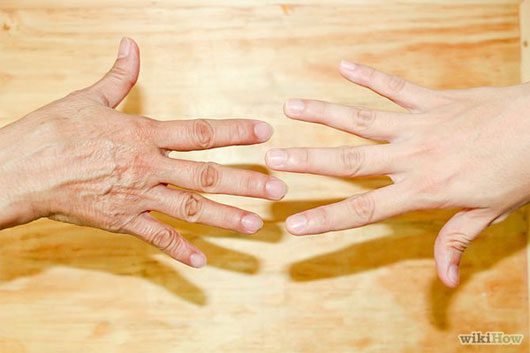
A (left) and B (right) tie because both played Paper.
Round 3: A plays Scissors, and B also plays Scissors. Result: A and B tie.
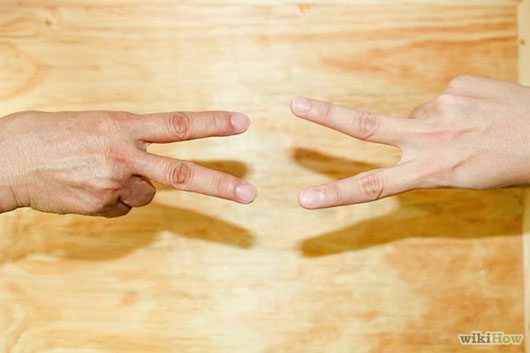
In this round, B has lost. However, if B had paid attention and followed the research from Zhejiang University, the outcome could have been different.
Round 2:
Round 1: If A plays Paper and B plays Rock, then A wins.
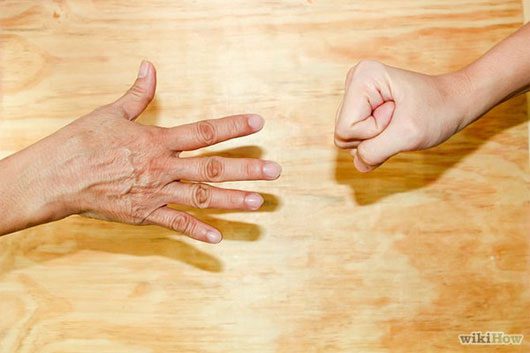
A (left) plays Paper – B (right) plays Rock, so A wins.
Round 2: A plays Paper, and B will switch to Scissors. Result: B wins.
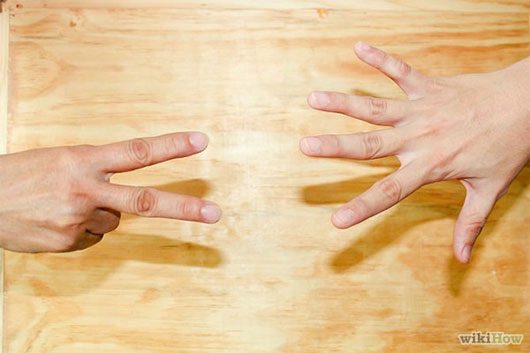
A (right) plays Paper and B (left) plays Scissors, so B wins.
Round 3: A plays Scissors, and B will switch to Rock. Result: B wins another round.
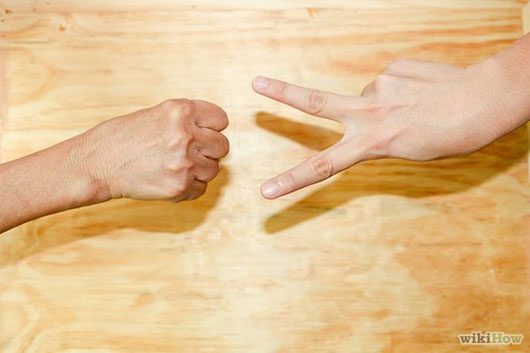
A (right) plays Scissors, B (left) plays Rock, so B wins.
From this experiment, you can derive the principle of the game: once you lose, you should change your strategy in a clockwise direction—switching Rock to Paper, Paper to Scissors, and Scissors to Rock.
Researchers previously believed that this game operates under a game theory principle known as “Nash equilibrium.” In this framework, each player has a set of optimal mixed strategies, considering the choices of the other player. They then select a strategy they believe will best counter the opponent’s choices.
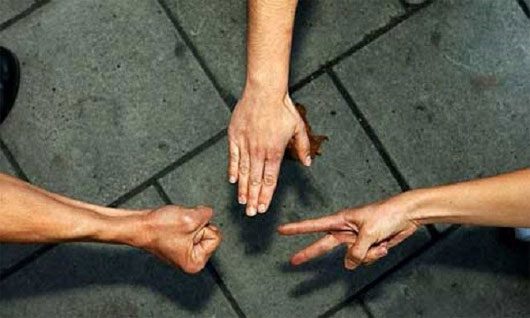
In a larger study, experts noted that players tend to organize their moves in a cyclical pattern. This means players can subtly utilize the ability of “conditional response” to optimize their opponent’s strategy.
The researchers at Zhejiang University concluded: “Whether conditional response is a mechanism determined by the human brain or simply a result of neurological mechanisms remains a challenging question for future researchers. Therefore, we will continue to seek answers for this unique activity of the brain.”




















































